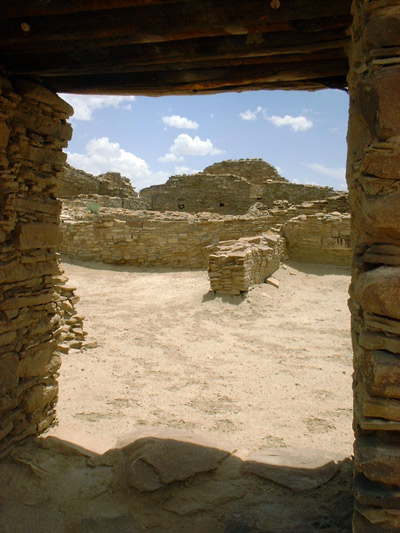The geographical boundaries of the Southwest are so difficult to pin down, in part, because of the variability of both ancient and modern cultures in the region. Also, as the modern population of the American Southwest continues to grow, so do archeological discoveries. With each new discovery, the boundaries of ancient southwestern cultures shift, and our definitions are once again reevaluated.

In general, however, a cultural definition of the Southwest includes the following characteristics:
- Maize agriculture
- Use of ceramics
- Settled village life
In broad anthropological terms, the Southwest includes the northernmost extension of the maize agricultural complex of Mesoamerica. Under this definition, the regions surrounding the Southwest – California, the Great Basin, and the Plains – are excluded as hunter-gather communities, communities with high mobility, and/or economies lacking maize agriculture.

NPS
The geographical boundary between the Southwest and Mesoamerica lacks distinction, in part because of the characteristics both regions share as part of the maize agricultural complex. However, cultural distinctions between the two regions allow for a culturally defined, albeit very flexible, boundary, with the Mesoamerican civilizations bearing the following traits:
- State-level organization
- Market economies
- True cities
- Stepped pyramids
- Precise calendrical systems and advanced astronomy
- Hieroglyphic writing systems and codices
- Military forces
Within the greater Southwest, the ranges of several major cultural groups – the Ancestral Puebloans, the Mogollon, the Patayan (Hakataya), the Hohokam, and the Trincheras – further define cultural boundaries.
Part of a series of articles titled Defining the Southwest.
Last updated: August 14, 2015
